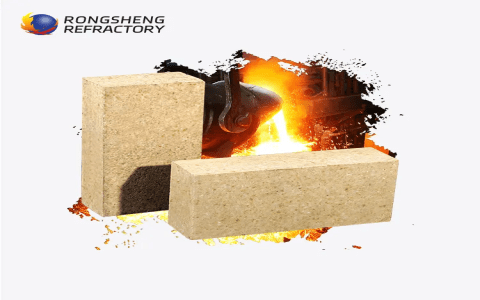Alright, let’s talk about this here… whatchamacallit… “refractory material”. Sounds fancy, but it’s just stuff that keeps things hot, ya know? Like in them big ol’ furnaces and heaters. Don’t ask me how it works exactly, but it keeps the heat in, that’s the important part.
Now, these things, they ain’t foolproof. They break down, just like everything else. I heard tell there’s a bunch of reasons why they go bad. Sometimes, it’s just plain ol’ wear and tear. You use somethin’ enough, it’s gonna give out eventually. Especially if it’s hotter than a summer day in the desert.


One thing they say is, if you don’t put it in right, it ain’t gonna last. Makes sense, right? Like buildin’ a fence. If you don’t dig them post holes deep enough, it’s gonna fall over the first time a good wind comes along. Same thing with this here “refractory stuff”. If them fellas don’t put it in right, or don’t take care of it, it’s gonna crack and break. Then you got a real mess on your hands.
And get this, sometimes it ain’t even about how you use it. Sometimes it’s just bad stuff to begin with. Like them cheap shoes you buy at the market. They look good for a week, then they fall apart. Same thing can happen with this “refractory material”. If it ain’t good quality to start with, it ain’t gonna last. So you gotta make sure you get the good stuff, even if it costs a little more.
Now, how do you know if it’s goin’ bad? Well, sometimes you can just see it. Big ol’ cracks, or maybe it’s all crumbly. But sometimes, you gotta look a little closer. They say if you got hot spots, like one place is way hotter than the rest, that’s a bad sign. Means the stuff ain’t doin’ its job right. It’s like when your oven don’t bake even. One side’s burnt, the other side’s still raw. Nobody wants that.
- Too hot in one spot? Not good.
- Cracks everywhere? Definitely not good.
- Falling apart like an old biscuit? Time to replace it.
Another thing that can make these things go bad is somethin’ called “oxidation”. Sounds complicated, but it just means it rusts, kinda like your old car. But instead of rustin’ from water, it rusts from the air, especially when it’s real hot. If you don’t seal it up right, or if you use cheap stuff, it’s gonna rust and fall apart. So you gotta make sure it’s protected from the air, ya know?
Now, if it does break, you gotta fix it. And that ain’t always easy. First, you gotta clean it up real good, get rid of all the loose pieces. Then you gotta fill in them cracks. They say you gotta make the crack bigger, like a “V” shape, so the stuff you put in can really grab on. Then you slap on some of that special “refractory fix-it stuff” and smooth it out. Sounds like patchin’ a hole in your pants, only a whole lot hotter.
And sometimes, it’s so bad, you gotta tear it all out and start over. That’s a real pain, let me tell ya. They got these fancy machines now, that use water to blast it all out. Sounds like a mess, but I guess it’s better than tryin’ to chip it out with a hammer all day. But no matter how you do it, it’s gonna take time and money.
So, the long and short of it is, this “refractory material” is important for keepin’ things hot, but it ain’t gonna last forever. You gotta put it in right, take care of it, and use good quality stuff. And if it does break, you gotta fix it quick, before it causes real problems. Just like everything else on the farm, ya know? Take care of your tools, and they’ll take care of you. Ignore ’em, and you’ll be payin’ for it later.
And that’s all I gotta say about that.


Tags: [Refractory, Furnace, Heater, Failure, Repair, Maintenance, Installation, Oxidation, Hot spots, Temperature]



